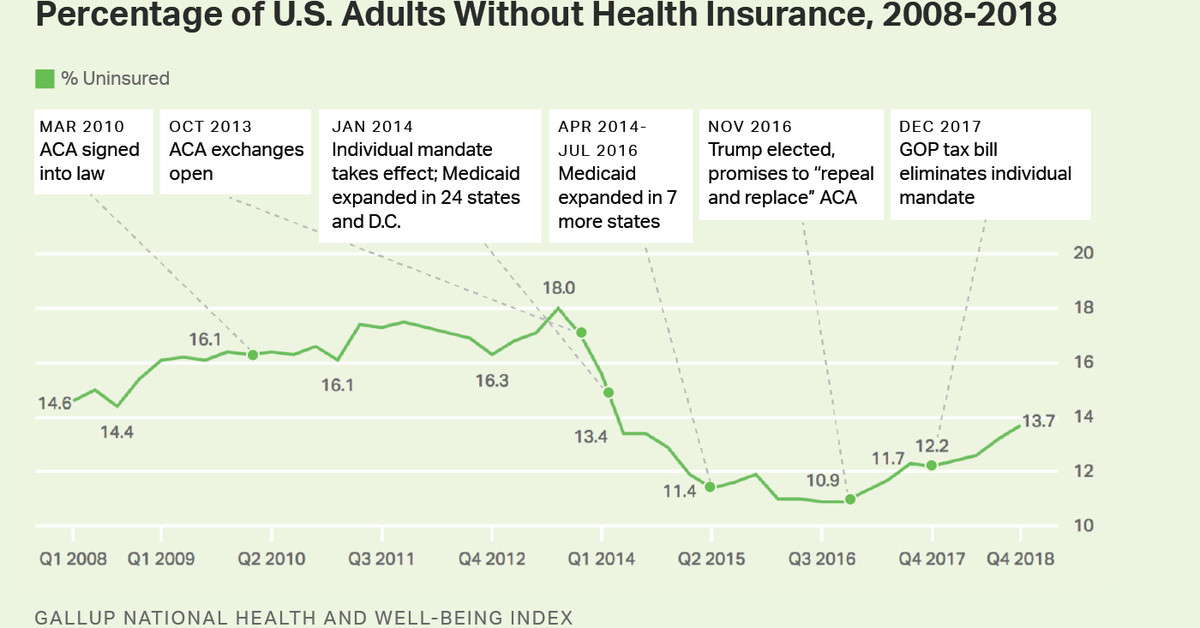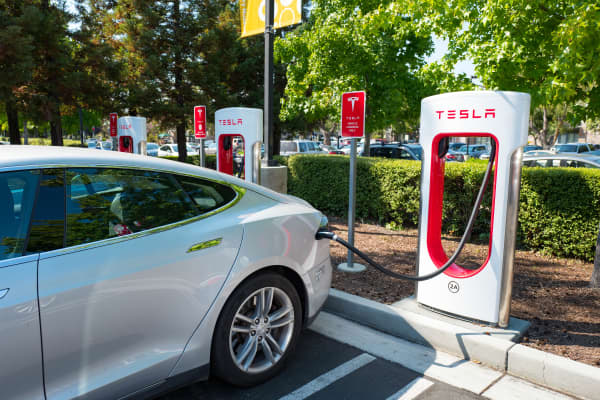Hello T. A. Gardner,
It was good. The Obama/Biden recovery was real and reliable. It was a great improvement over the chaos they took on when entering office.
It was doing okay, not good, and the recovery had stabilized.
Like it or not the climate is changing. The climate doesn't care what our economy is doing. It's changing and that demands that we take action. Obama's responsible action was a preservation of habitat and life.
Okay, then the responsible thing is to do what works. Solar and wind don't work. They're expensive, unreliable, and basically really mediocre ways to generate electricity. What does work is nuclear to replace coal, abandon solar and wind, and supplement nuclear with natural gas. You get low CO2 emissions--well below what the Paris accords call for--don't need to squander trillions on a "smart grid" that if Germany is any indication, won't work as advertised anyway, and have cheap abundant, reliable electrical power.
You stop subsidizing failure. That also means no more government handouts for battery cars. You push hydrogen fuel cell technology instead. With cheap, abundant electrical power from nuclear you can make the hydrogen competitive with oil in cost.
Actually the economic recovery was about the same for Trump's first year until he signed off on that terribly irresponsible tax cut that essentially quit paying for government and instead threw borrowed money at the rich. The regulations cut were needed to protect the environment. China built a strong middle class by ignoring air quality. We were foolish to relax our standards. We have shown we can do it while protecting the environment. Sure it's harder, but we've never backed down from a tough challenge when our nation is on the line.
Actually, Obama's recovery was anywhere from 5 to 15% less effective than the Trump plan. That's generalizing. The Obama plan threw money at the poor. More people than ever on food stamps, welfare, etc. That's just a huge drag on the economy as it is money that is totally unproductive, contrary to Nancy Pelosi's idiot claims to the contrary.
The US didn't relax air quality standards. Trump just nixed making them even stricter. Under Obama, the EPA was poised to put a regulation in place lowering acceptable ozone pollution from 75 ppb to 70 ppb (they were shooting for 65 ppb but even they couldn't justify that economically) at an annual cost on the economy of an estimated $100 billion.
That's 5 parts per billion reduction. That in terms of the US population amounts to less than a 1 person reduction. It's NOTHING!
The EPA tried to justify this by saying they had studies that showed it would save the US annually about 35,000 deaths from asthma related causes and at least $100 billion a year from that. There were some in Congress who questioned their numbers and when pressed to show evidence the EPA balked, backpedaled, and ultimately refused to show any
to Congress! It's a great example of how bureaucrats with an agenda cannot be trusted to do the right thing.
The pandemic is real. The only nonsense is the mixed signals coming from Trump, which have made it far worse than it had to be.
Yes, it is. The solutions so far have been highly political, questionably effective, and when it comes to numbers definitely not honest.
By irresponsibly squandering the environment and the federal budget.
Trump has done neither. He hasn't rolled back in place regulations but rather stopped government agencies from endlessly tightening them for little or no return on investment. That's good for the US, and good for the federal budget.
Obama was responsible, Trump was not.
In your opinion. My view is Obama didn't have a clue what was going on and let the Alphabet Soup of agencies run amok. That is irresponsible. Trump put a clamp on them, fired a lot of deadwood and put them on notice that he wasn't going to let them do whatever they wanted. That's responsible.
Millions of Americans now have healthcare as a result of the PPACA. Nobody can be rejected for preexisting conditions. Trump has a case before the SCOTUS which tries to take all of that away. You are going to be charged more for your preexisting conditions if Trump wins.
No, millions of Americans who had health insurance were forced onto Obamacare. The only new people were almost entirely those that got expanded Medicaid coverage. The pre-existing condition thing is one of the few popular parts of Obamacare, and I can see it being retained with some exceptions even if Obamacare were nixed entirely. But, it still remains that about the same number of people in the US don't have health insurance today as when Obama took office.
As you can see, it was Medicaid expansion that caused the drop in numbers of people without coverage. This graph also shows that today there are about the same number uncovered by insurance as when Obama took office.




